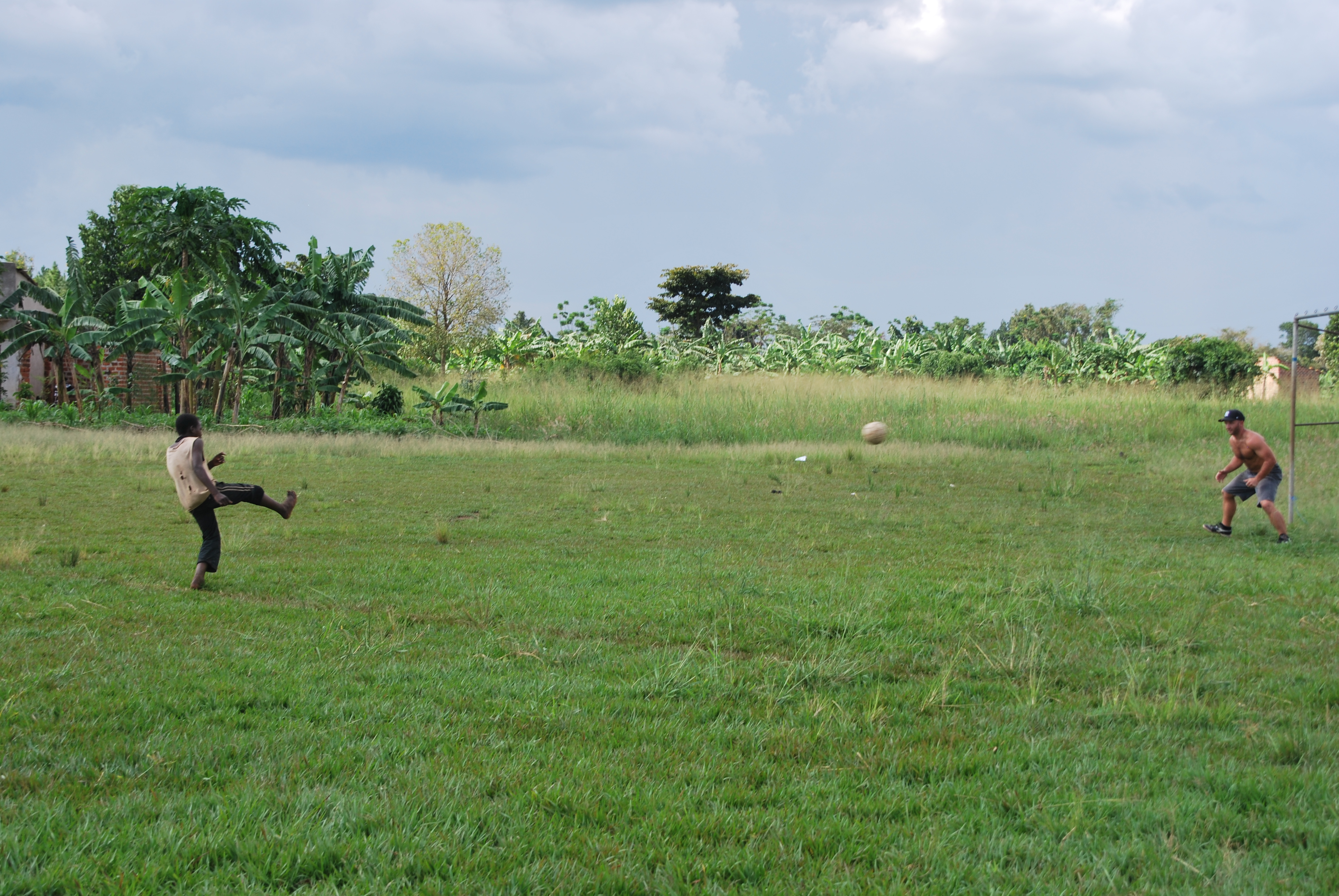This week I got back from another round of video shoots for my client, the Carcinoid Cancer Foundation. They help raise awareness, educate people, and connect patients of neuroendocrine and carcinoid tumors to specialists around the world.
It’s an incredible community of people bound together to learn more and better manage this rare disease for patients and their caregivers. I am proud to be a part of that community.
Neuroendocrine cancer is often misdiagnosed since symptoms reflect those of other gut-related and less-threatening diseases. This makes it difficult for patients to pursue the right treatment and they can even go years without being properly diagnosed.
Another thing that makes it complicated for patients (and for doctors to diagnose) is that it’s an invisible illness.
They “don’t look like cancer patients,” in other words.
This is the part of having the disease I am most curious about: how they emotionally and psychologically navigate a rare disease.
What unique challenges do they face? How do they face them? Who do they turn to?
 From most patients I talk to, having an invisible illness adds another layer they must navigate. People sometimes treat them differently, since they don’t “look sick.” Doctors sometimes overlook their symptoms, or think they are elaborating. People don’t understand why they might have to quickly change plans, or why they can’t get out of bed one day.
From most patients I talk to, having an invisible illness adds another layer they must navigate. People sometimes treat them differently, since they don’t “look sick.” Doctors sometimes overlook their symptoms, or think they are elaborating. People don’t understand why they might have to quickly change plans, or why they can’t get out of bed one day.
There are many of these kinds of conditions.
I have a friend with multiple sclerosis. It presents similar problems.
Sometimes, he has cognitive issues and it’s hard for him to explain things, or how he’s feeling. Sometimes he’s in pain that I cannot understand but nothing clearly looks wrong at first glance.
There are balance issues, dizziness, vision impairment — all of these things I can’t know.
I also have many friends that suffer from addiction and mental illnesses.
These are extremely hard for other people to see or know.
“Why can’t they get out of bed? They’re not depressed, they’re just lazy.”
“If they wanted to quit, they would.”
“They’re just weird.”
These are things people actually say and think, because they don’t understand that people with invisible illnesses are suffering from diseases and not just possessing certain character traits.
I’m guilty of it, too.
So I try my best to navigate working or dealing with anyone to consider these kinds of things.
First, I try to give everyone the benefit of the doubt by default.
It’s so easy to make up a narrative in our own heads. And as Brené Brown says, “it’s easier to be mad than sad,” so we often make that narrative justify our negative feelings or assumptions. Rarely do these narratives defend the person suffering.
If something isn’t happening the way we hope or expect when dealing with someone else, don’t assume the worst. It often — in fact, it almost always — isn’t the worst, but rather perfectly explainable.
 Secondly, I try my best to have empathy and listen to the other person. Sometimes, listening is more than just listening with our ears. It’s observing with our eyes. It’s noticing patterns. It’s really noticing and seeing the other person.
Secondly, I try my best to have empathy and listen to the other person. Sometimes, listening is more than just listening with our ears. It’s observing with our eyes. It’s noticing patterns. It’s really noticing and seeing the other person.
This helps us pick up on cues people may be inadvertently sending (or maybe even hoping we pick up on without them having the bring it up). We too often are wrapped up in ourselves and how something affects us that we overlook that someone could be clearly in pain.
And lastly, I try to use the power of storytelling to help us all navigate our relationships with those suffering from invisible illnesses.
I know that the more we talk about what’s going on, the better we will all be.
I don’t push people to share, but I’ve learned that if you just give them space, most of the time, the words and feelings are actually dying to get out. This is therapeutic and helps them feel seen and heard.
Those suffering will be able to convey what they are feeling without shame or stigma.
Those of us that care for them will learn, understand (to the best of our abilities) what they are experiencing, and how we can help in the ways they most need.
And those unaware of these conditions will be educated, so they can potentially spot the symptoms in themselves, or someone else, and have the power to take action sooner.
At the end of the day, it’s really all about communicating.
To be most effective, we really need to focus on listening, even if the other person isn’t talking about it.
 Rain Bennett is a two-time Emmy-nominated filmmaker, writer, and competitive storyteller with over a decade of experience producing documentary films that focus on health and wellness. His mission is simple: to make the world happier and healthier by sharing stories of change.
Rain Bennett is a two-time Emmy-nominated filmmaker, writer, and competitive storyteller with over a decade of experience producing documentary films that focus on health and wellness. His mission is simple: to make the world happier and healthier by sharing stories of change.
You can read the rest of “Right as Rain” here, and check back every Wednesday on Chapelboro for a new column!







Comments on Chapelboro are moderated according to our Community Guidelines